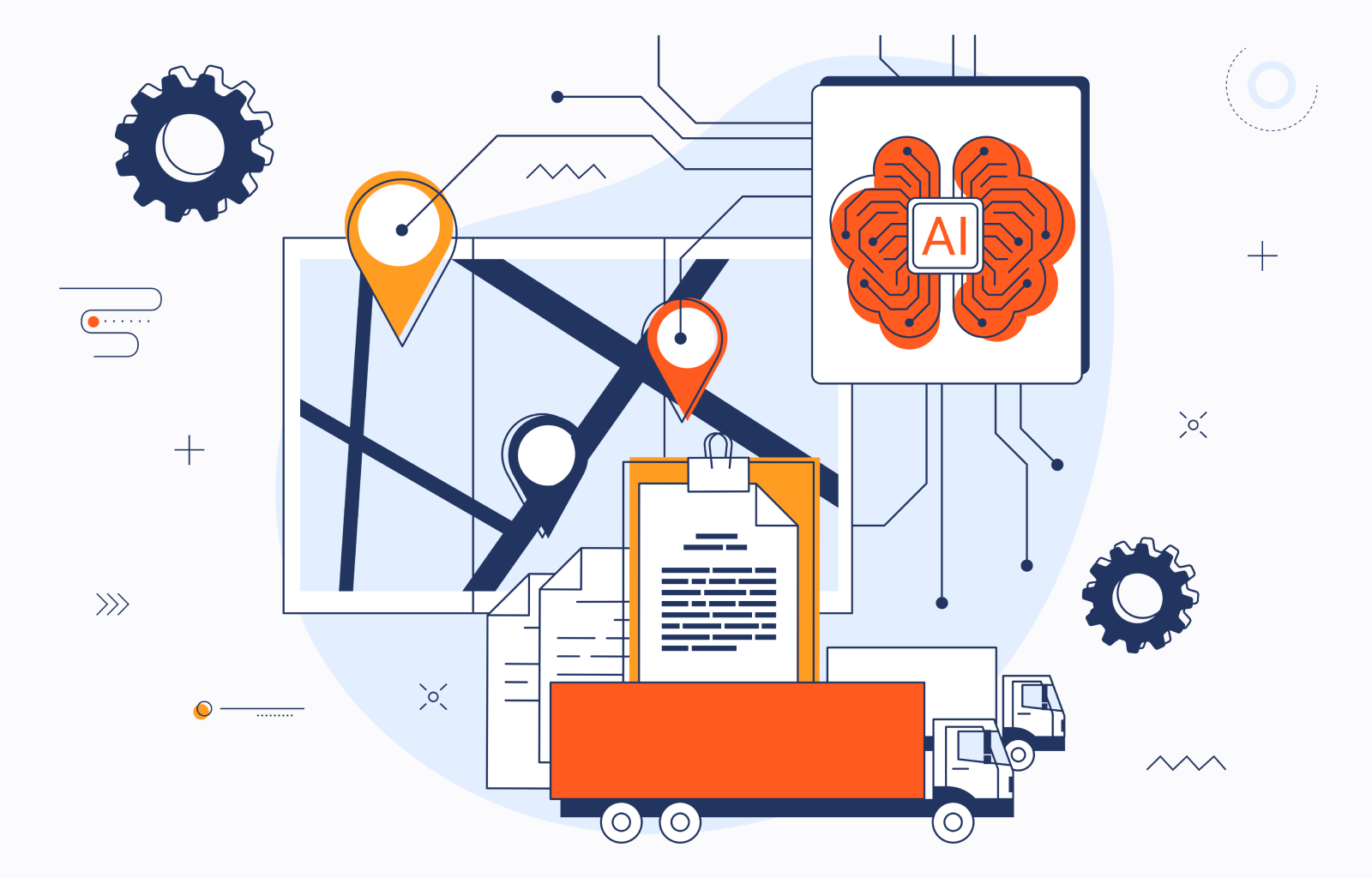What Is an Inventory Management System, and How AI Integration Can Enhance Existing System in Just Months

Keeping track of inventory is something that’s really important for most businesses. In this post, we’ll explore how inventory management systems work and how integrating AI can make them faster, smarter, and more efficient in just a few months.
What Is an Inventory Management System?
An inventory management system (IMS) is a solution that helps businesses monitor, track, and manage their stock levels, orders, deliveries, and returns. Whether you’re overseeing a single warehouse or managing inventory across multiple locations, an IMS provides the necessary tools to reduce waste, avoid stockouts, and keep operations running smoothly.
At its core, an inventory management system keeps a real-time record of what items are in stock, where they are stored, when they were ordered or sold, and how much needs to be reordered.
It’s a critical component of having successful inventory management. Businesses should be open to adopting AI integration, as traditional inventory management systems may not be enough.
Common Tools in an Inventory Management System
Modern inventory systems generally have capabilities like barcode scanning, which speeds up data entry and cuts down on mistakes. They also often integrate with warehouse management software (WMS) that helps keep track of where things are, automates picking and packing, and enhances shipping solutions.
Many systems also work with Enterprise Resource Planning (ERP) platforms to make sure that data about inventory, accounting, and purchases stays up to date. Dashboards and reports provide managers with real-time insight into real-time stock management, order status, and trends.
Together, these tools enable teams to make better inventory decisions and respond faster to changes in demand or supply.
Limitations of Traditional Inventory Management Systems
While traditional inventory management tools have supported many businesses over the years, they start to show limitations as businesses grow or operate in fast-moving markets.
01.Manual processes increase the risk of human error
Even with barcode scanners and spreadsheets, a lot of teams still rely on manual data entry. That opens the door to mistakes like miscounted stock, missed reorders, or incorrect product information.
02.Information is delayed or incomplete
Many older systems only update in batches or after someone manually syncs the data. That delay can lead to missed opportunities, selling products that are out of stock, or reacting too slowly when inventory runs low.
03.Forecasting falls short
Without predictive tools, traditional systems rely on past data alone. That makes it hard to plan for demand spikes, seasonal trends, or unexpected supply chain issues.
04.Systems don’t talk to each other
When your warehouse, sales, and customer data aren’t connected in real time, it becomes tough to get a clear view of what’s really going on. This disconnect slows down decisions and makes it harder to stay ahead.
These challenges often lead to lost sales, wasted resources, and a frustrating experience for your customers.
How AI Enhances Existing Inventory System
Adding AI in inventory management doesn’t mean replacing your existing software, it means enhancing it. AI technologies can integrate with current inventory management systems to make them faster, smarter, and more adaptable. This is how you get to smart inventory management.
01.Real-Time Demand Forecasting
AI can analyze historical sales, market trends, seasonality, and even external factors like weather or promotions to predict future demand with much higher accuracy. This helps businesses avoid both overstocking and stockouts.
02.Anomaly Detection
AI can automatically flag unusual activity, such as sudden drops in stock, misaligned order volumes, or potential theft. These insights allow managers to act before problems escalate.
03.Automated Reorder Points
By continuously monitoring inventory turnover rates, AI can automatically trigger reorders based on dynamic thresholds instead of fixed rules. This makes restocking smarter and more responsive.
04.Smart Inventory Analytics
AI-driven tools help look at inventory data analytics that human managers might miss such as slow-moving stock, product bundling opportunities, or regional inventory discrepancies.
These enhancements work in the background and integrate with the systems your team already knows, meaning there’s no need for a complete system overhaul.
Implementing AI Integration
The good news is that integrating AI into your existing inventory software with AI capabilities can be done in just a few months and sometimes even faster, depending on the complexity of your operations.
Here’s a typical AI integration roadmap:
- Data Readiness. Before integration begins, ensure your inventory data is clean, structured, and accessible. AI needs consistent data to perform well so reviewing your existing data pipelines is a critical first step.
- Pilot Testing. Start with a focused use case, like demand forecasting or automated reordering, in one department or warehouse. A pilot phase allows you to measure early wins and fix issues before scaling.
- User Training. Train your team on how to interpret AI-driven insights and work with the enhanced system. The goal isn’t to replace staff, but to empower them with better tools.
- Iterative Improvements. AI learns over time. Monitor how it performs and refine the models based on feedback and real-world usage. These improvements will compound over time, making your system more accurate and valuable.
- Partnering With the Right Team. Choosing a development partner with deep experience in inventory system integration with AI custom solutions can dramatically speed up deployment. The right team will understand both your business processes and the technology needed to support them.
For a deeper dive into combining manufacturing systems with AI, read our post on AI in Inventory Management for Manufacturing. By integrating AI, even small and mid-sized companies can operate with the efficiency and insight of much larger enterprises all without a massive investment or year-long project timeline.
Conclusion
An inventory management system helps businesses keep track of stock, manage orders, and run more efficiently. However, traditional systems can fall behind, especially when they're hindered by manual tasks, disconnected data, and limited forecasting tools.
Adding AI into the mix can change that. It brings smarter forecasting, spots unusual patterns, automates reordering, and offers real-time insights — all while working alongside your existing systems. In just a few months, you can shift from reacting to inventory issues to staying ahead with a data-driven strategy.
If you’ve been thinking about enhancing your ERP inventory system with AI, traditional inventory system, or just want us to build you an inventory management system with integrated AI from scratch — now’s a great time to move forward. The speed, clarity, and efficiency AI brings might be exactly what your business needs to stay competitive.
Explore how AI can help streamline your entire operation in our CRM with AI Automation Guide and MES & ERP Integration Guide.
FAQ
Yes. AI can plug into your current system to enhance forecasting, automate reorder points, and improve analytics without needing to replace your current IMS.
Most projects take between 3 to 6 months, depending on complexity. Starting with a pilot program can speed up deployment and ROI.
Improved forecasting, real-time visibility, automated processes, and reduced costs are among the top benefits of AI-enhanced inventory systems.
No. AI is designed to assist your team by reducing manual work and offering data-driven insights but not to replace your team members.
Contact us

